Cathy Crossthwaite and Mathew Peters pass their expertise on to community pharmacy teams in helping patients suffering from symptoms of seasonal hay fever and allergies…
Approximately a fifth of the UK population suffers from hay fever, an allergic reaction to pollen from grasses, trees, weeds and plants coming into contact with the mouth, nose, eyes and throat. Symptoms vary from one person to the next and include sneezing, a runny nose, itchy eyes and headaches.
There is no cure for hay fever and you can’t prevent it, so it is a case of managing the symptoms as best as you can. It is important to treat hay fever promptly as it can significantly affect a person’s quality of life.
To get the maximum relief and benefit from hay fever remedies, they should be used daily during the hay fever season which is usually between late March and September when the pollen count is at its highest.
The treatment choice should target the specific symptoms affecting the individual and if experiencing more than one symptom you can combine some remedies to attack the reaction from all angles. The choice of treatment is often based on the individuals’ preference and it is important to take this into consideration before recommending a remedy.
Keeping it at bay
The best hay fever remedy is dependent on the customers’ symptoms. For most, simply taking an over the counter antihistamine tablet daily (e.g. cetirizine/loratadine) will keep their symptoms at bay.
When advising patients on which tablet to take, it’s important to consider the risk of recommending sedating antihistamines, as these may make the patient become sleepy, affecting their ability to drive as well as their working and academic ability.
For some, the more sedating antihistamines will be the only ones that will work but for others these may be avoidable. Long acting, less-sedating oral antihistamines are recommended for regular use.
Those patients with symptoms of itchy and watering of the eyes, and puffiness of the eyelids are typically suffering from allergic conjunctivitis, caused by exposure to an allergen. If they are affected by this seasonally, then it’s part of their hay fever.
As the pollen lands on the surface of the eye, it causes a reaction underneath the eyelids, resulting in slight redness, swelling and sometimes bumpiness of the eyelids. These signs along with the time of year help distinguish allergic conjunctivitis from bacterial conjunctivitis and these symptoms can be treated with eye drops such as sodium cromoglicate.
For others however, where a blocked nose is a problem, a steroid nasal spray may be needed to help further control the symptoms of hay fever. It’s best to recommend patients start using a nasal treatment before the season starts, so a few weeks prior to getting any symptoms and to use it every day.
Natural remedies
There has recently been a general move towards natural remedies across various categories as consumers become more conscious about the ingredients within a wide range of health and beauty products.
Hay fever is no exception to this with the introduction of several drug-free nasal hygiene sprays designed to help reduce congestion and ease irritation introduced. They do this by diffusing the allergens already inside the nose, form a micro-gel barrier to prevent further allergens from infecting the mucosa and stimulate the clearance of the allergens from the nose by sticking to the gel which is then removed when blowing the nose.
Nasal sprays such as this can be used in conjunction with other hay fever treatments such as antihistamines. Another natural remedy to be considered is a nasal rinse using a normal saline solution, which wash away the allergens from the nose. These can be used as frequently as required and also alongside prescribed or over the counter medications.
For first time or new sufferers, it can take a few attempts to find the remedy that best suits their symptoms. There are a variety of active ingredients for customers to try within a number of formats.
Trial and error
It’s usually a ‘trial and error’ process for customers to know what works for them. Therefore, it’s essential to have a variety within the pharmacy and support customers on their journey to finding the right treatment.
Patients may not be aware which products they can and can’t use alongside each other. Pharmacy is in a great position to offer this advice to customers to help ease symptoms quicker or more effectively.
This also puts pharmacies at an advantage to other retailers such as supermarkets as they may not have the right knowledge to guide customers in cross product usage.
Much of the support provided to allergy and hay fever sufferers is through offering practical tips around living with these irritations, such as cleaning the home and body regularly, particularly following contact with triggers.
Other useful tips include not drying your clothes outside as they can catch pollen, don’t keep fresh flowers in the house and wear wraparound sunglasses when outside to stop pollen getting into your eyes.
Additionally, during high pollen count season people suffering with hay fever should shower and wash their hair when arriving home and change their clothes, as one of the only ways to get rid of pollen is to get it wet.
It’s also best to keep windows closed when indoors, especially in the early mornings when pollen is being released, and in the evening when the air cools and pollen that has been released into the air is falling back to ground level. This advice helps customers manage their symptoms whilst on the journey to finding the right treatment that works for them.
Coronavirus confusion
Since the rise of coronavirus, it is also important to help patients differentiate between symptoms of the virus and those of hay fever. Common symptoms shared by both are coughing and the onset of a new cough. Hay fever can cause irritation in the back of the throat and cause you to develop a cough or feel tight-chested. The seasonal nature of hay fever can also bring a persistent cough on quickly.
A runny nose, sneezing and itchy eyes are hay fever symptoms that are not usually associated with coronavirus. A fever with a body temperature above 37.8 degrees centigrade is not a symptom of hay fever as it does not cause a rise in body temperature, so patients suffering with this should take the recommended Covid-19 precautions and self-isolate.
Cathy Crossthwaite is OTC business development executive and Mathew Peters is services development pharmacist at Numark.















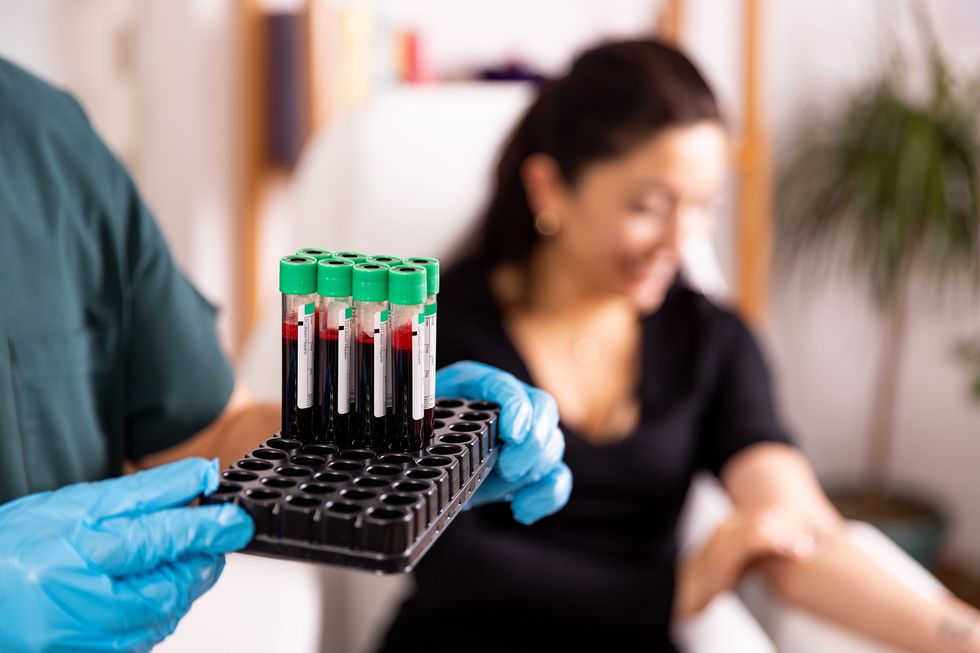 Pharmacyexprezz offers blood tests, travel vaccinations, earwax removal, cryotherapy and more.
Pharmacyexprezz offers blood tests, travel vaccinations, earwax removal, cryotherapy and more.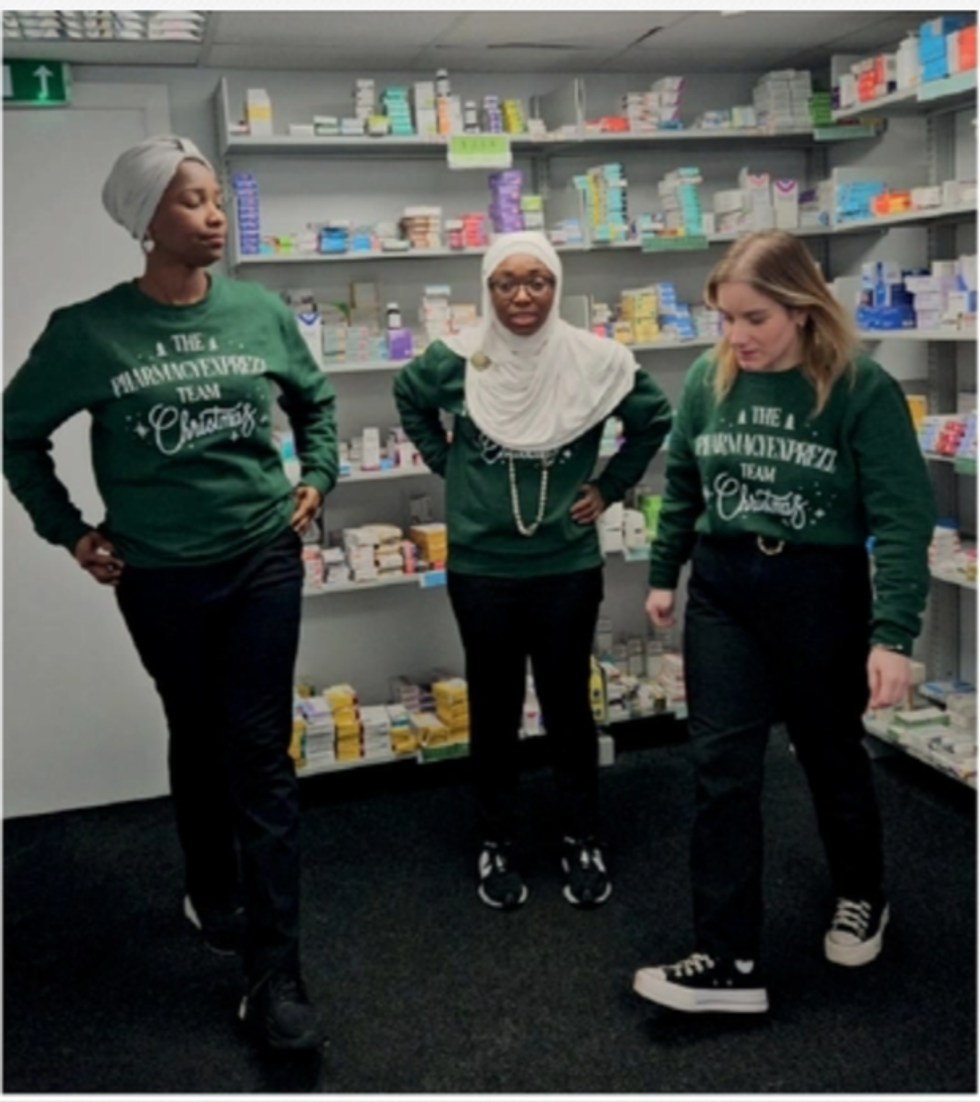 The team at Pharmacyexprezz continues to grow
The team at Pharmacyexprezz continues to grow

 In 2023, Easter Pharmacy was expanded into the shop next door to create a dedicated dispensary.
In 2023, Easter Pharmacy was expanded into the shop next door to create a dedicated dispensary. 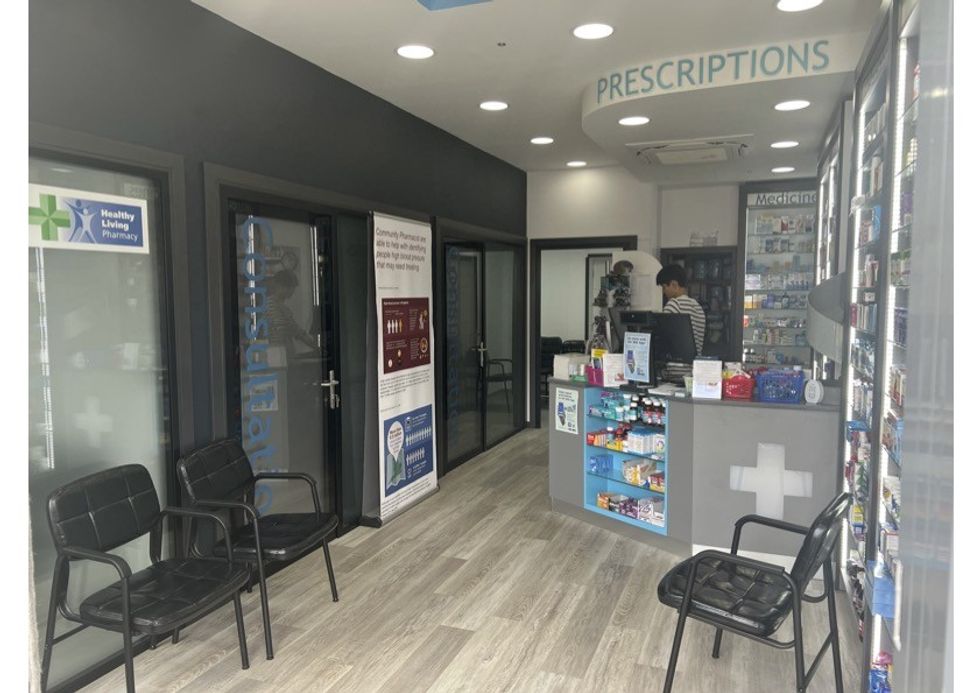 Easter Pharmacy has four consultation rooms, offering a range of NHS and private services
Easter Pharmacy has four consultation rooms, offering a range of NHS and private services
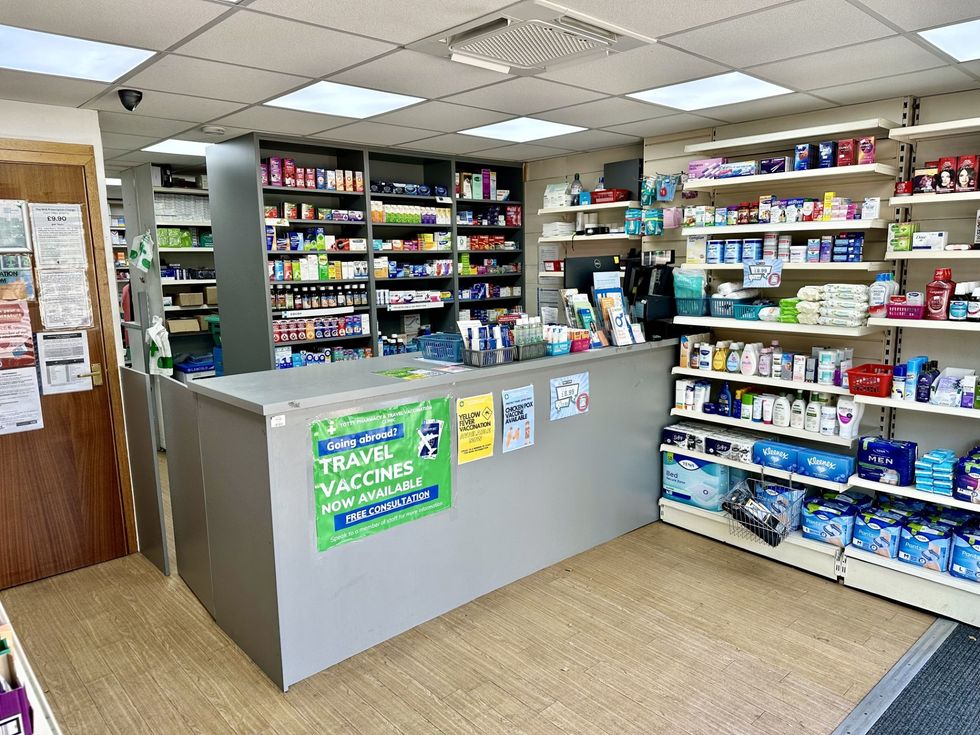 Totty Pharmacy has increased the number of services it provides
Totty Pharmacy has increased the number of services it provides Totty Pharmacy in Charlton
Totty Pharmacy in Charlton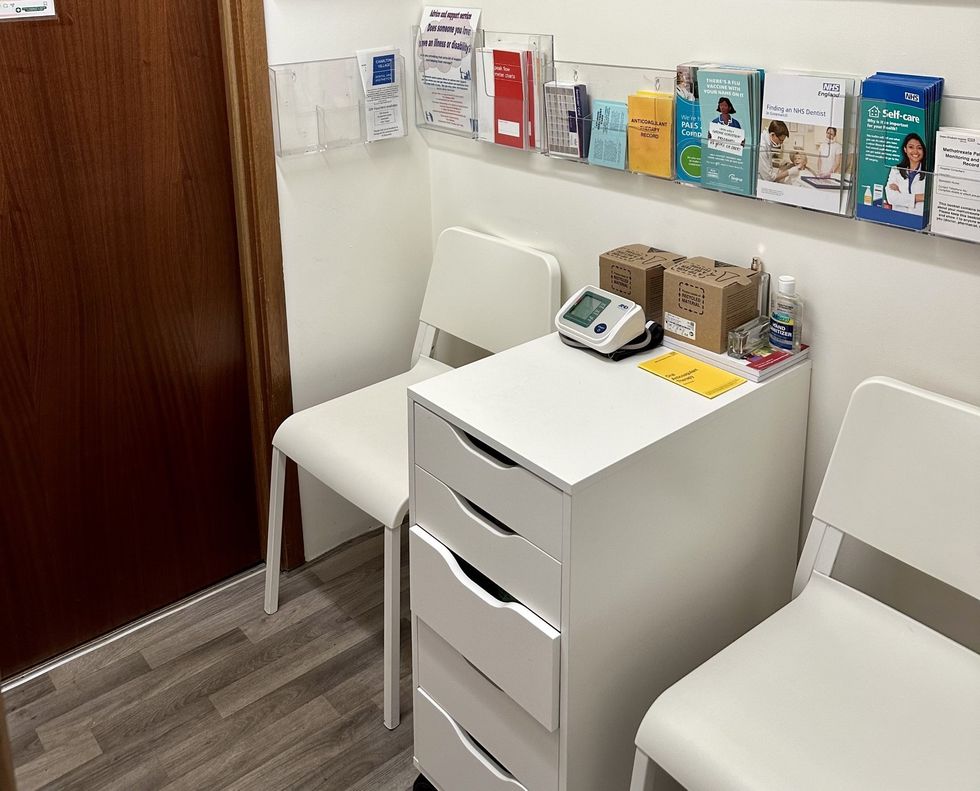 One of Totty Pharmacy's new and improved consultation rooms
One of Totty Pharmacy's new and improved consultation rooms Every member of the Totty Pharmacy team is encouraged to develop their skills
Every member of the Totty Pharmacy team is encouraged to develop their skills Samson Akere collecting his award at the Pharmacy Business Awards
Samson Akere collecting his award at the Pharmacy Business Awards